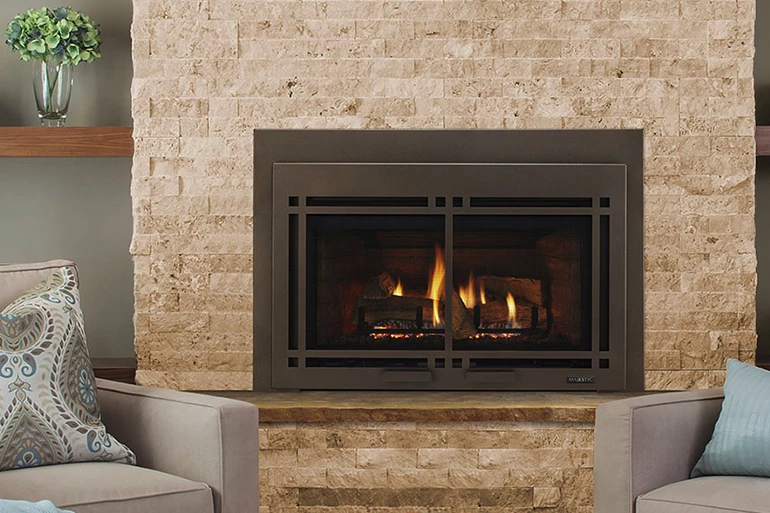What You Need To Know Before Buying A Gas Fireplace Insert
If you are considering renovating your fireplace, but don't want to invest the time or money to completely remodel the setup, a fireplace insert may be the thing you need!
-

- gas fireplace with white mantel
How they work
Gas fireplace inserts operate similarly to any other gas fireplace with the exception that they fit inside a pre-existing fireplace space. When a firebox is no longer able to be used in a factory-built fireplace or if you want to update a wood burning masonry fireplace, a fireplace insert is a great option.

